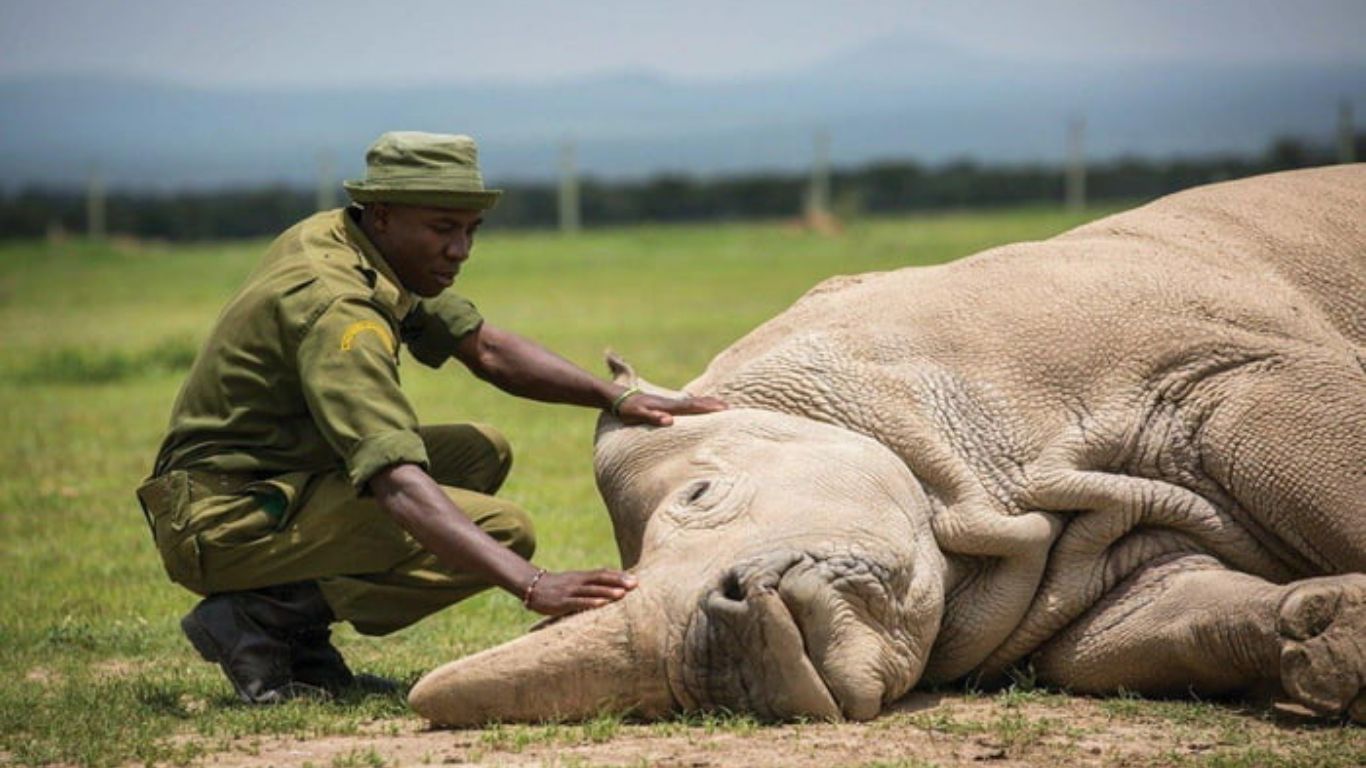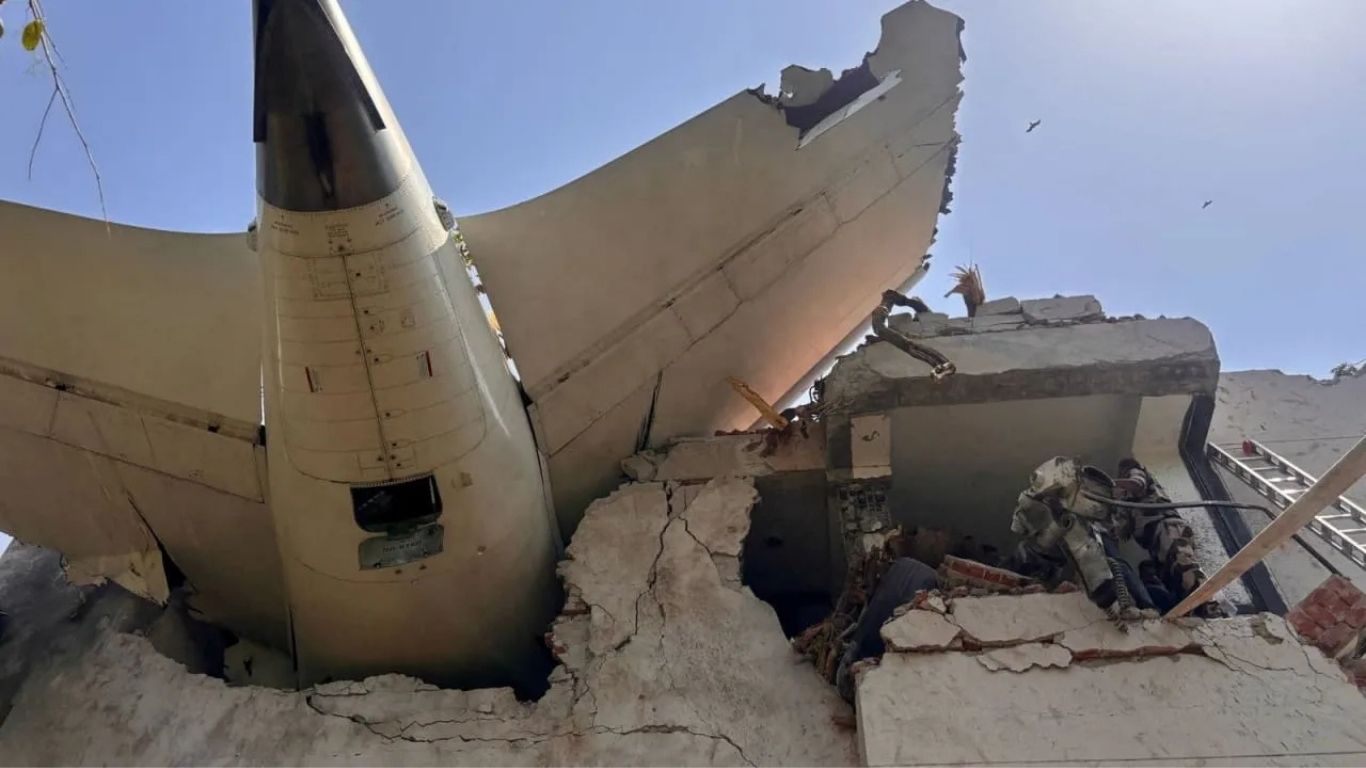The Arctic’s Silent Collapse: A Tragedy in Motion
A Melting Warning Sign
The Arctic—a frozen crown at the top of the planet—has long been a place of mystery, adventure, and scientific curiosity. But now, it’s become something far more unsettling: an urgent distress signal for the world. Scientists are warning that the region is deteriorating at a breakneck pace, and if humanity doesn’t act soon, the consequences will be irreversible.
Last month, Arctic temperatures spiked an astonishing 36 degrees Fahrenheit (20 Celsius) above normal. Sea ice levels for February hit a record low—part of a disturbing three-month trend.
And here’s the kicker: this is not an anomaly. It’s part of a devastating pattern that’s been building for two decades, fueled by relentless fossil fuel consumption.
The Global Chain Reaction
The Arctic is not some distant wasteland. It’s the planet’s air-conditioning system, regulating temperatures and weather across the globe. But with its ice vanishing, that balance is crumbling.
The National Snow and Ice Data Center (NSIDC) confirms that the Arctic’s transformation is accelerating global warming, raising sea levels, and intensifying extreme weather events.
Twila Moon, deputy lead scientist at NSIDC, bluntly states, “It’s sort of like our planetary air conditioning system failing in the middle of a heatwave.”
The Arctic Ocean should be at its annual maximum ice levels right now. Instead, it’s hitting historic lows. Scientists fear that summer will bring even more catastrophic melt.
Mika Rantanen, a researcher at the Finnish Meteorological Institute, admits, “The starting point for this year’s melting season is not good.”
The Death Spiral
The last 18 years have seen the lowest Arctic sea ice levels in recorded history. And this is just the beginning.
Even if we miraculously halted all greenhouse gas emissions today, the Arctic would still become ice-free in summer by 2050, according to Dirk Notz, head of sea ice research at the University of Hamburg.
In other words, we’ve already crossed a point of no return.
A separate study published in Nature Climate Change suggests the first ice-free Arctic summer could happen even earlier—before 2030.
A Chain Reaction of Devastation
If you think melting ice only affects polar bears, think again. Arctic ice acts like a global thermostat. Its loss means:
- More heat absorption: Instead of reflecting sunlight, the dark ocean absorbs it, accelerating planetary heating.
- Rising sea levels: The Greenland ice sheet alone dumps 280 billion tons of ice into the ocean every year, raising water levels worldwide.
- Weather chaos: The weakened jet stream means more persistent heatwaves, storms, droughts, and extreme cold spells (Woodwell Climate Research Center).
Arctic Wildfires: The New Normal
The Arctic tundra was once a carbon sink—storing greenhouse gases in its frozen soil. But that balance is now reversed.
With permafrost thawing, scientists report that the Arctic is now releasing more carbon than it absorbs. That means more wildfires, more methane, and more destruction.
NASA satellite images captured massive blazes across Siberia and Alaska in 2024 (NASA Earth Observatory).
Science Under Siege
To make matters worse, the people responsible for monitoring this catastrophe are under attack.
- Russia’s war in Ukraine has cut off scientific collaboration in the Arctic, leaving a data void that could take decades to fill (Science Journal).
- The US government’s war on climate science—with funding cuts and agency rollbacks—has crippled the very institutions tracking these disasters (NOAA, NSIDC).
A Final Plea
There is still a slim chance to slow this train wreck. But it requires immediate global action. Cutting emissions, enforcing environmental policies, and halting deforestation aren’t just options—they’re survival strategies.
Jennifer Francis, a senior scientist at Woodwell Climate Research Center, warns that **inaction will lead to “decades of




